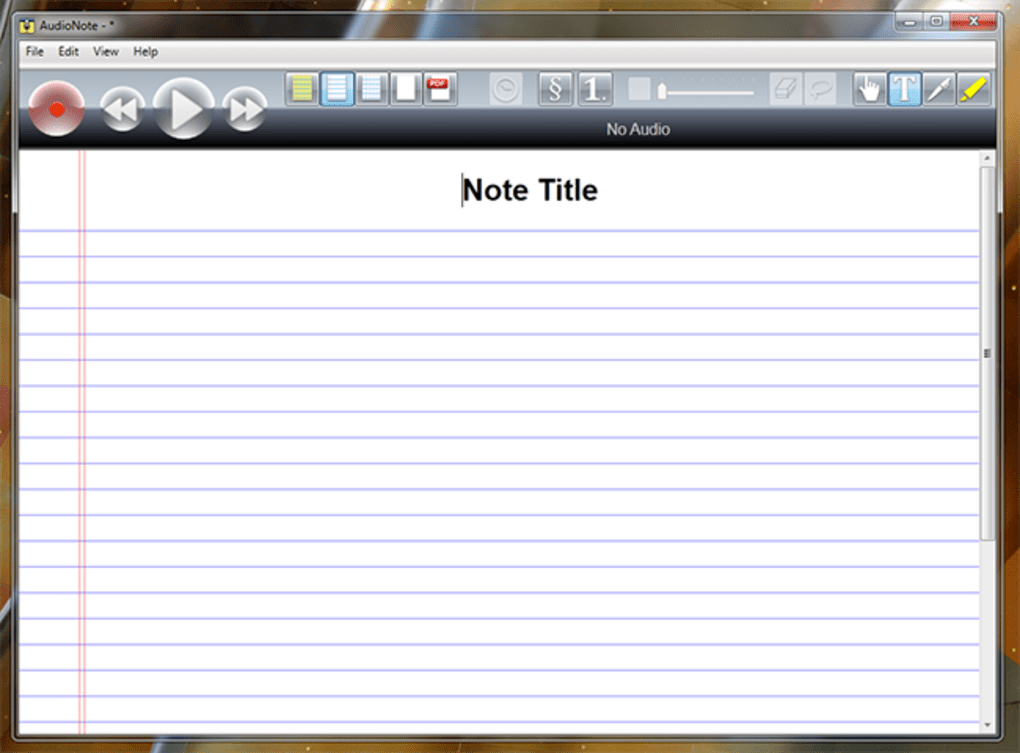

Weber persevered, in some cases having the students repeat a phrase until she was able to hear it. these guys are getting to the stage where it can be difficult to get a sound out of them because of self-consciousness, but Ms. 7 #5.ĥth grade also began with vocal warm-ups. “Birdland” can be found in “Music Express Magazine”, vol.

I’m hoping that just listening to it a few times will help them get the idea. We’re working on it in chorus, and they’re having trouble singing off the beat, as well as remembering not to pop out the high note every time. I’d asked her to please show them a video of Manhattan Transfer performing “Birdland”. She then showed them a video of “Plastick Music”, a Boomwhacker group, playing Axel F. Once they finished the piece she counted backwards from 10, expecting them to be quietly in their seats by the time she was finished. Some forgot the repeats and needed her to step in a few times, but on the whole it wasn’t bad. Weber’s “3 strikes and you’re out” system for keeping them from playing out of turn works well, both on Boomers and Orff instruments.įinally, she had them play without her help, and stopped pointing to the notes. Why do kids just blow through rests?īy the way, Ms. They played it almost perfectly the first time, but guess where the one hang up was? The half rest. Before playing the recordiing she asked the students what to do when they came to the repeat marks, the D.S., or Fine. She then correlated the the colors to the note names, to be sure each student knew which one they had.Īs she pointed to the notes, the students played the melody. She reviewed the note names by writing them under the notes as the students called out the name of each one. She had the Boomwhackers laid out in order, so that the students could sit in lines according to which color they were playing.īefore beginning she informed the students that Boomwhackers can be easily dented or bent, and showed them the proper, (gentle), method of playing them. this week she cycled around and reivewed the term “accent”, the symbol, and practiced using it in singing the song.įor this week’s lesson she notated “Chili Fries” from Music K-8 magazine so that the students could utilize their knowledge of notes on the staff, half notes, half rests, repeat marks and D.S. Last week she used the song “Boll Weevil” to review patterns of 16th notes and to introduce the accent mark. Weber began by having the students sit up straight and warm up their voices.

(Copland is our Composer for April and May.) While she finished testing the last few students who still needed to take their third level test, she had the rest color a picture of Aaron Copland, and finished up the class by having them listen to “ Fanfare for the Common Man“. Weber put a few measures on the board so that she could be sure they were all looking at the correct notes. Finally, they played the piece, stopping to practice the difficult passages. Step two was to slowly read the note names in rhythm. They are getting the idea of using “1 and” for eighth notes. In each case she began by having the students read the counts aloud. Weber had the students review “Starlight” (G and E), “Lucy Locket” (G, A and E), and “Kagome” (B,A, G and E), all from the Recorder Resources kit from MusicPlay.


 0 kommentar(er)
0 kommentar(er)
